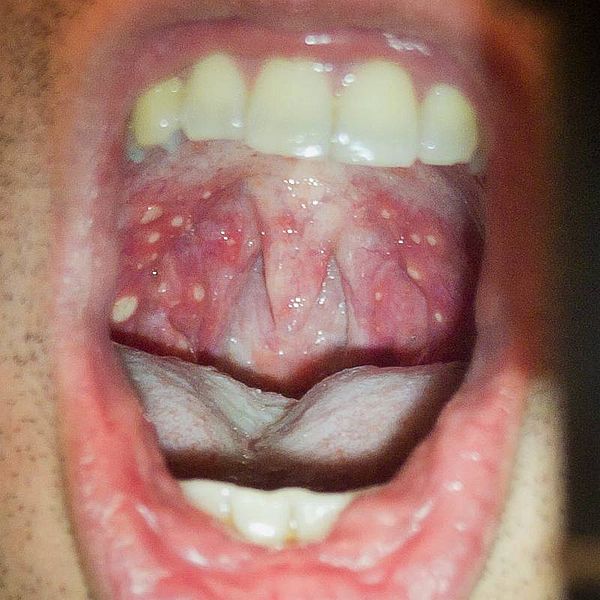For the first half of the year, Singapore health officials reported 21,675 hand, foot and mouth disease (HFMD) cases. This is an increase of more than 4,000 cases, or 23 percent compared to the same period last year (17,661).

Image/shawn c
In all of 2017, 33,710 HFMD cases were reported. The number of HFMD cases reported to MOH fluctuates from year to year and throughout the year.
HFMD is typically a benign and self-limiting disease. Most common in young children, it presents as fever, oral lesions and rash on the hands, feet and buttocks. The oral lesions consist of rapidly-ulcerating vesicles on the buccal mucosa, tongue, palate and gums. The rash consists of papulovesicular lesions on the palms, fingers and soles, which generally persist for seven to 10 days, and maculopapular lesions on the buttocks.
In Singapore, 90 per cent of children have had HFMD infection by 12 years of age, according to the MOH.
It is spread to others by close personal contact, coughing or sneezing or by contact with contaminated objects and surfaces. It can be difficult to eradicate in schools, group living communities and daycares. Although it is not serious for most people, the infection can cause significant pain while eating, walking and writing.
Hand, foot, and mouth disease is caused by viruses that belong to the Enterovirus genus (group). This group of viruses includes polioviruses, coxsackieviruses, echoviruses, and enteroviruses. Coxsackievirus is the most common cause of HFMD.
- Brazil: Health ministry launches plan to eliminate hepatitis C
- Parasites: Welsh researchers create drug from goji berry plant that is active against schistosomiasis and fascioliasis
- Measles confirmed in the Portland area, Hundreds potentially exposed
- Philippines: Leptospirosis outbreak declared in Manila
- Ireland reports big increase in E. coli infections in recent weeks
- Europe: Listeria outbreak linked to frozen corn update


